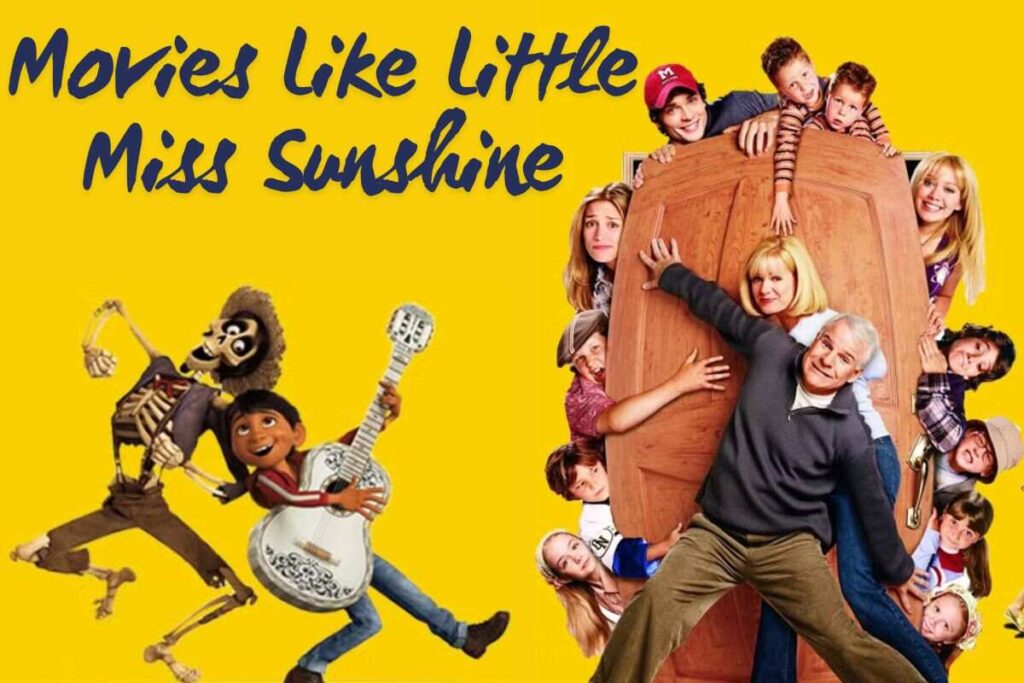Have you ever been captivated by a song’s rhythm, moving instinctively to its beat? How Do Vocal Lyrics Work with Rhythms? The seamless fusion between vocal lyrics and rhythms is the key to creating that connection. Whether you’re a songwriter, vocalist, or an avid music listener, understanding how these two elements interlace will forever change how you experience music. The intricate interaction between vocal delivery and rhythmic structure forms the backbone of any musical piece, producing the melody, flow, and emotional depth that moves the listener.
The Connection Between Lyrics and Rhythm
At the heart of every song is its rhythm—a steady pulse that drives the tempo and progression. Lyrics provide the narrative, telling a story or expressing emotion. Together, rhythm and lyrics form a complementary relationship. Rhythmic structures give lyrics their pacing, while the lyrics provide meaning and emotional resonance to the beat. Consider rhythm as the framework that holds a painting—giving it structure—while the lyrics are the brushstrokes that fill the canvas with vibrant hues. The result is a dynamic interplay that can transform simple musical patterns into profound experiences.
Understanding Basic Rhythm Structures
To fully grasp how vocal lyrics interact with rhythms, it’s essential to understand the fundamentals of rhythm itself. Rhythm is the pattern of beats that recur in a song. These beats are organized into measures defined by time signatures. This underlying structure guides the music flow, ensuring the instrumental and vocal elements maintain cohesion throughout the performance. The most common rhythm structures are often built around time signatures that dictate the number of beats per measure, offering a foundation upon which lyrics can be arranged.
Common Rhythmic Patterns in Music
Specific rhythmic patterns dominate various genres of music, each influencing how vocalists structure their lyrics.
4/4 Time Signature
Pop, rock, and hip-hop genres frequently use the 4/4 time signature in their songs. Each measure contains four beats in this structure, providing a steady and predictable flow. This regularity allows lyricists to craft phrases that naturally align with the rhythm, creating a seamless connection between the words and the beat. The predictability of this pattern offers flexibility for singers, enabling them to emphasize certain words while leaving space for instrumental interludes.
3/4 Time Signature
Conversely, the 3/4 time signature, often associated with waltz music, creates a more circular and flowing rhythm. With three beats per measure, the pace becomes more fluid, lending itself to songs requiring more expression and notes’ elongation. Vocalists performing in this time signature must adjust their phrasing to match the ebb and flow of the rhythm, resulting in a smoother, more lilting delivery that can evoke deep emotional resonance.
How Lyrics Fit into Rhythmic Structures?
Fitting lyrics into a rhythmic framework is an art form in itself. Each syllable in a line of lyrics must find its place within the beat. The number of syllables typically aligns with the number of beats in a measure. However, vocalists sometimes extend or shorten syllables to manipulate the rhythm, creating unique phrasing that can surprise the listener. Mastering this skill requires an intuitive sense of timing and a deep understanding of the relationship between lyrical stress and rhythmic emphasis.
Stress Patterns in Lyrics
Certain syllables naturally carry more weight than others in both spoken and sung language. These are stressed syllables, and aligning them with the strongest beats in a song is critical for creating a smooth and impactful delivery. For example, in a 4/4 time signature, the first beat of each measure is typically the strongest. Placing a stressed syllable on this beat enhances the power of the lyric, giving it more emotional weight. This alignment creates a natural ebb and flow that keeps the listener engaged when done effectively.
Syncopation and Lyric Delivery
Syncopation, the act of emphasizing off-beats or unexpected moments in a measure, adds complexity and excitement to music. In vocal delivery, syncopation can make lyrics feel unpredictable, injecting an element of surprise that breaks the monotony of straightforward rhythms. Vocalists who master syncopation often spontaneously deliver their lyrics, creating tension and release within the music. This technique is widespread in genres like jazz, where vocalists are encouraged to play with the rhythm, using syncopation to create dynamic performances.
Lyrics and Melody: Creating Harmony with Rhythm
While rhythm provides the structural backbone, melody adds the emotive flair. The melody is the musical line the lyrics follow, weaving in and out of the rhythmic structure to create harmony. A well-constructed melody works with the rhythm, guiding the vocal phrasing and ensuring the lyrics fit naturally into the overall composition. When lyrics align with rhythm and melody, the result is a cohesive piece that feels organic and fully realized.
Phrasing and Breathing in Vocal Performances
For vocalists, maintaining rhythm while delivering lyrics requires balancing phrasing and breath control. Phrasing refers to how a vocalist divides a line of lyrics to fit the song’s rhythmic structure. Well-placed phrases can highlight the meaning of a lyric, while poor phrasing can make a line feel disjointed or rushed. Equally important is breathing. Vocalists must learn to take breaths at the right moments to avoid disrupting the music flow. Effective breath control allows singers to stay on time with the rhythm, delivering each line precisely and confidently.
Techniques for Aligning Lyrics and Rhythm
Those aiming to master the delicate dance between lyrics and rhythm can employ several techniques. One approach is to write songs with rhythm in mind, focusing on matching syllable counts to the beats in a measure. Practicing with a metronome is another valuable technique, as it helps vocalists develop a strong sense of timing. Additionally, vocalists can experiment with different stress patterns, learning to emphasize specific beats to create variation and interest within the song.
The Role of Rhythmic Variation in Different Genres
Different musical genres have distinct rhythmic styles, each influencing how lyrics are written and delivered.
Pop and Hip-Hop
In pop and hip-hop, the rhythms are often fast-paced and intricate, demanding precision from the vocalist. Rappers, in particular, are known for their ability to fit a multitude of syllables into a single beat, requiring exceptional control over rhythm and timing. This genre thrives on complexity, with vocalists often playing with syncopation and rapid-fire delivery to keep the listener on their toes.
Jazz and Blues
In contrast, jazz and blues offer more freedom with rhythm. Syncopation and swing rhythms are central to these genres, allowing vocalists to take liberties with timing and phrasing. The lyrics often float above the rhythm in these styles, giving the vocalist room to explore and improvise. This looseness allows for greater emotional expression, with singers frequently bending the rhythm to enhance the song’s mood.
The Emotional Connection Between Lyrics and Rhythm
Rhythm isn’t just about keeping time—it also plays a crucial role in shaping a song’s emotional tone. Slow, deliberate rhythms often create a sense of melancholy or introspection, while fast, driving beats convey excitement and urgency. Vocalists can manipulate the rhythm to enhance the emotion behind their lyrics, drawing out certain syllables or accelerating their delivery to match the song’s mood.
Conclusion
In the world of music, vocal lyrics and rhythms are inseparable. Together, they produce a dynamic interplay that can stir feelings, advance a story and hold listeners’ attention. Whether you’re a musician looking to hone your craft or simply someone who loves to immerse yourself in music, understanding how these two elements work together will deepen your appreciation of the art form. The next time you find yourself moving to the beat of a song, remember that behind that rhythm lies a carefully constructed dance of words and timing designed to stir your soul.
Frequently Asked Questions (FAQs)
Why is rhythm important in songwriting?
Rhythm provides structure and flow, giving the song a foundation for building lyrics and melody.
How do syllables fit into rhythms?
Syllables are placed within the beats of a rhythm, with the number of syllables often matching the number of beats in a measure.
What is syncopation in music?
Syncopation involves placing emphasis on off-beats, adding complexity and surprise to the rhythm.
How do singers stay in rhythm?
Singers use techniques such as phrasing and breath control and practice with a metronome to ensure they stay in time with the rhythm.
Does rhythm affect the emotion of a song?
Yes, the rhythm’s tempo and complexity can influence the song’s emotional impact, with slower tempos often conveying melancholy and faster tempos conveying excitement.





















